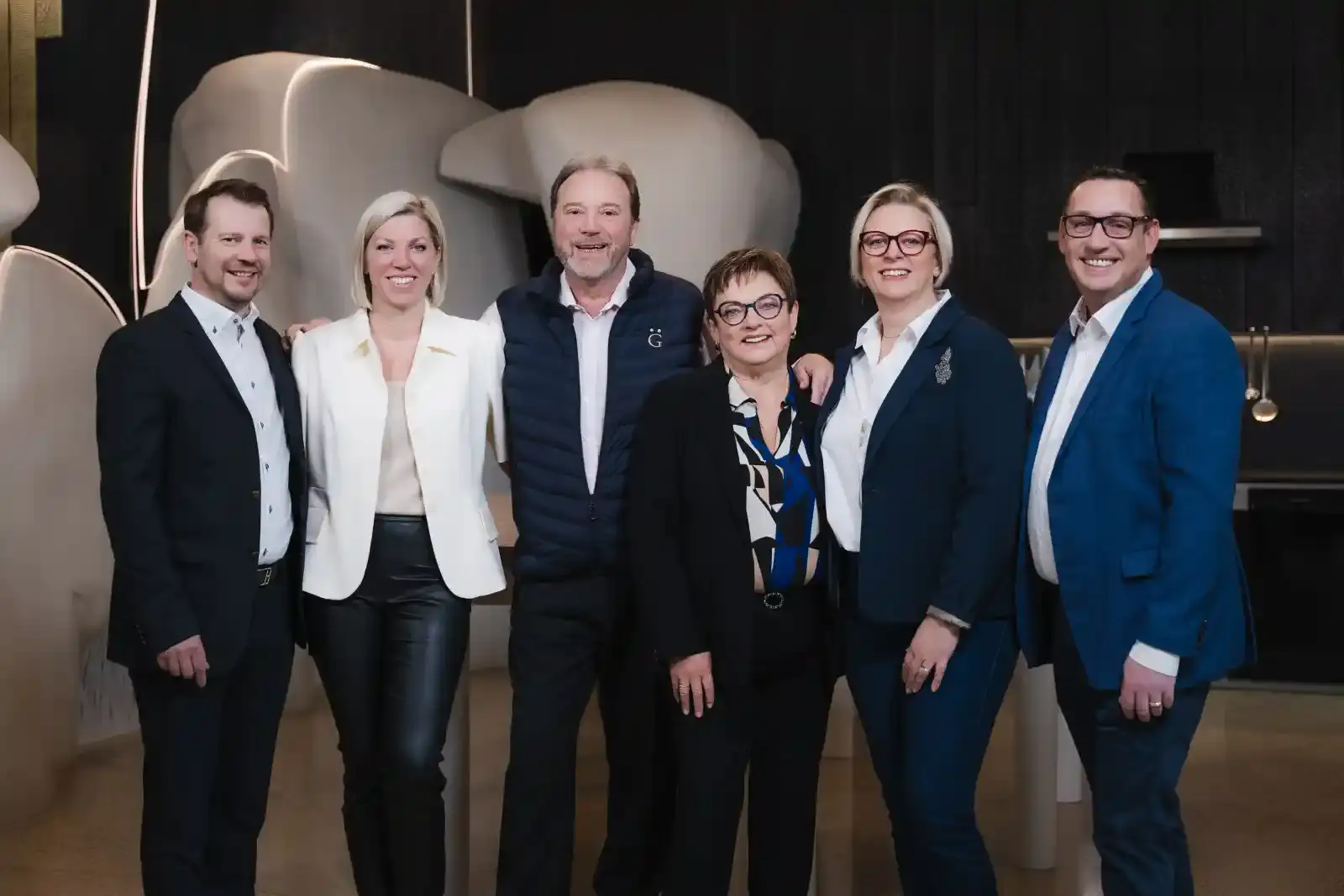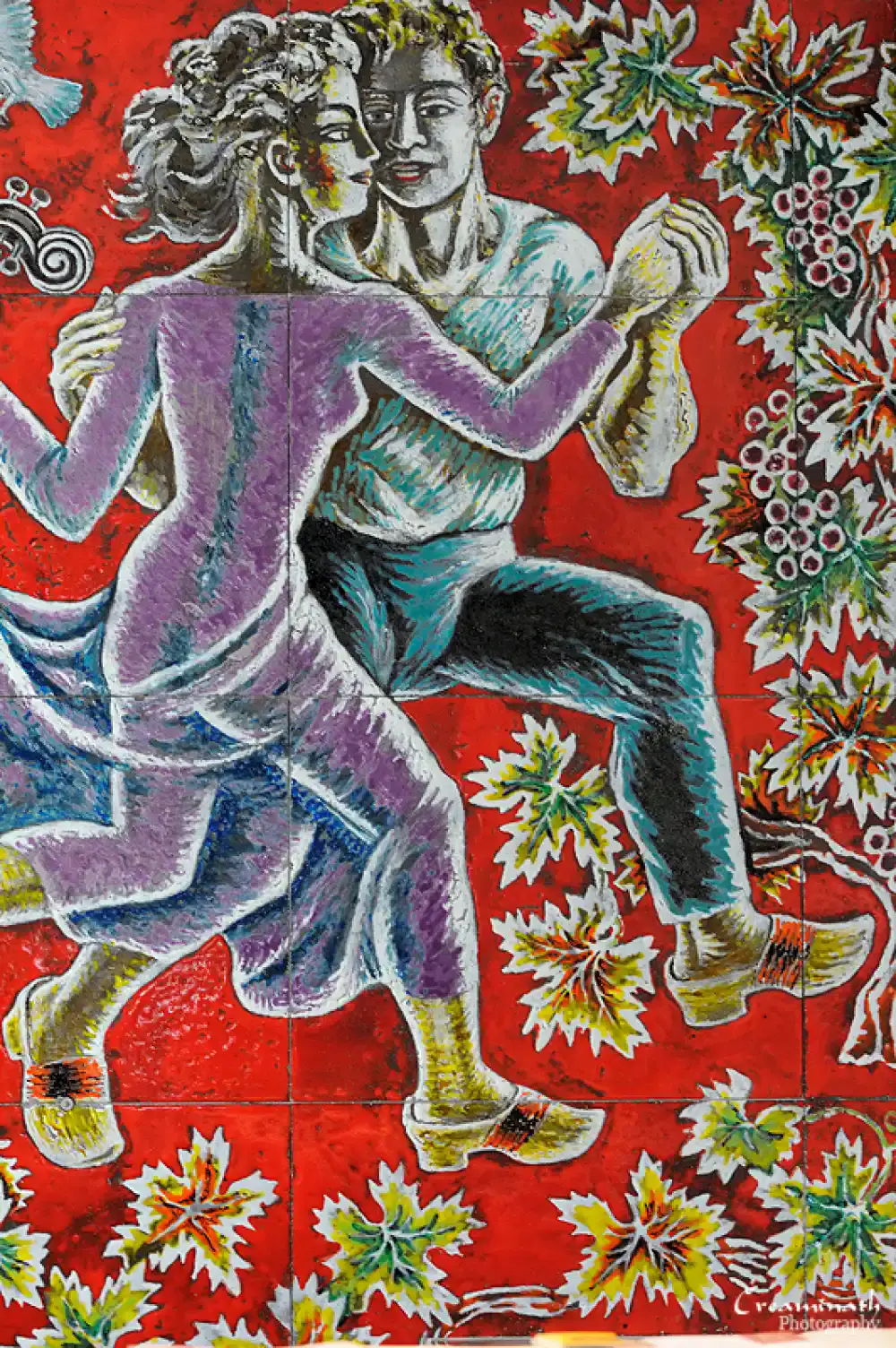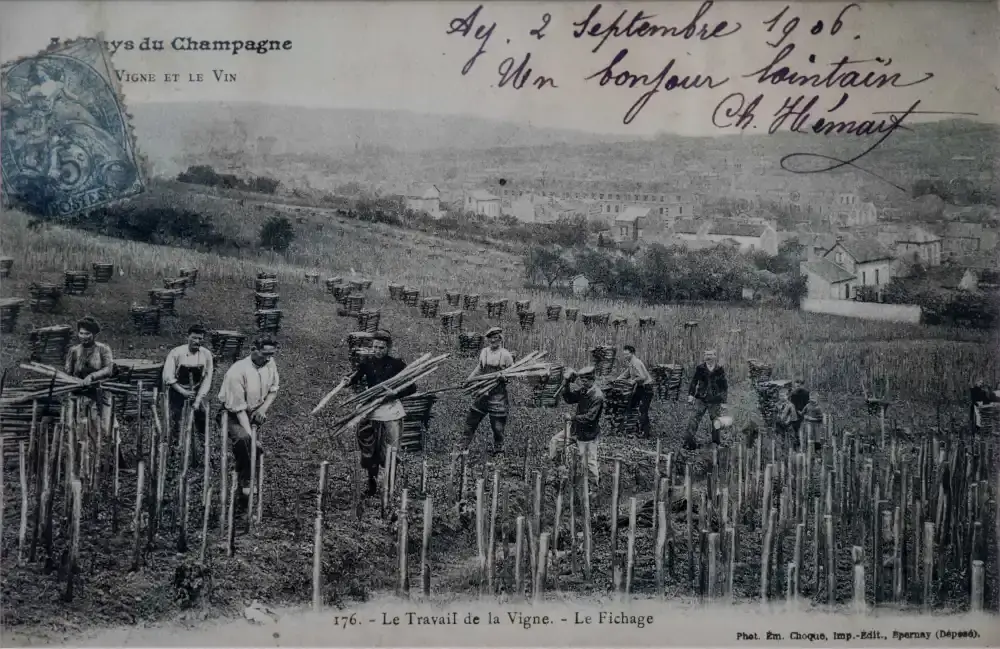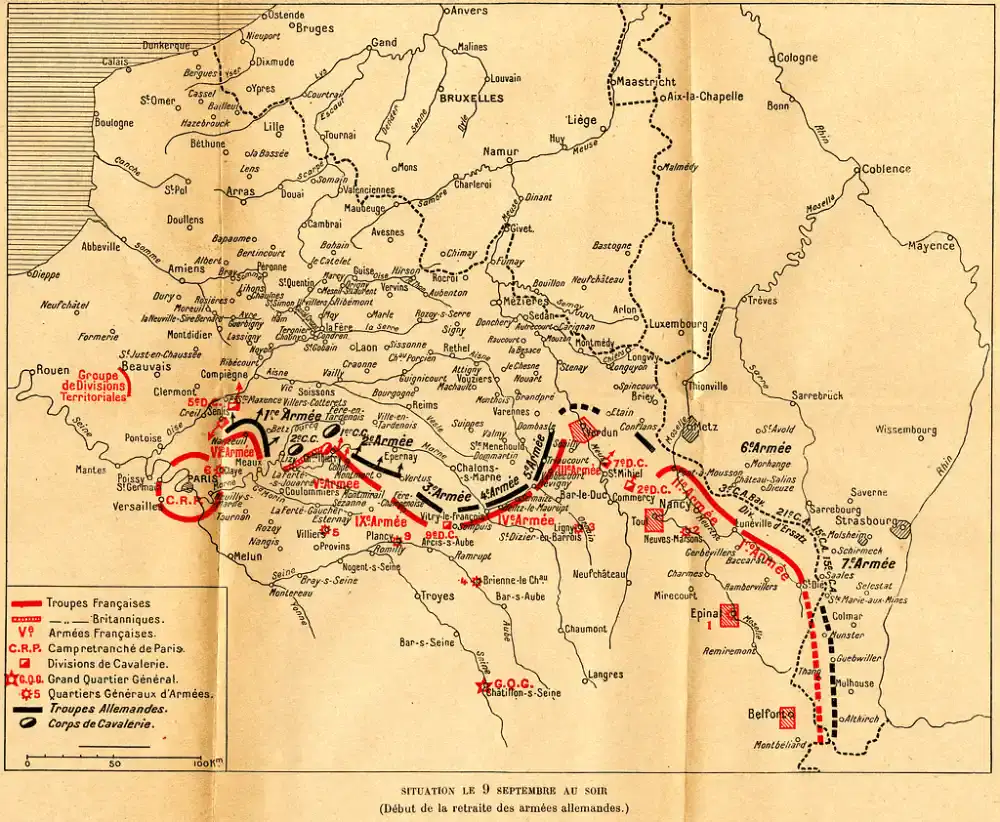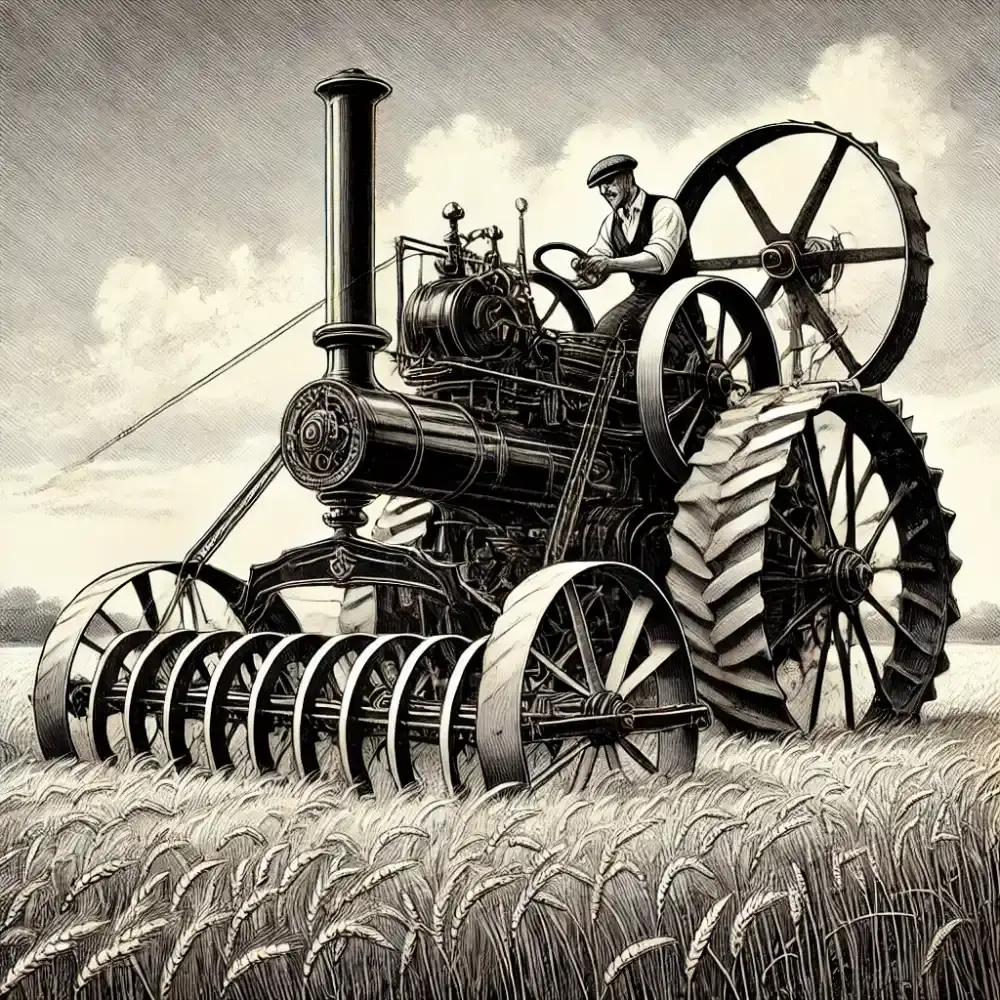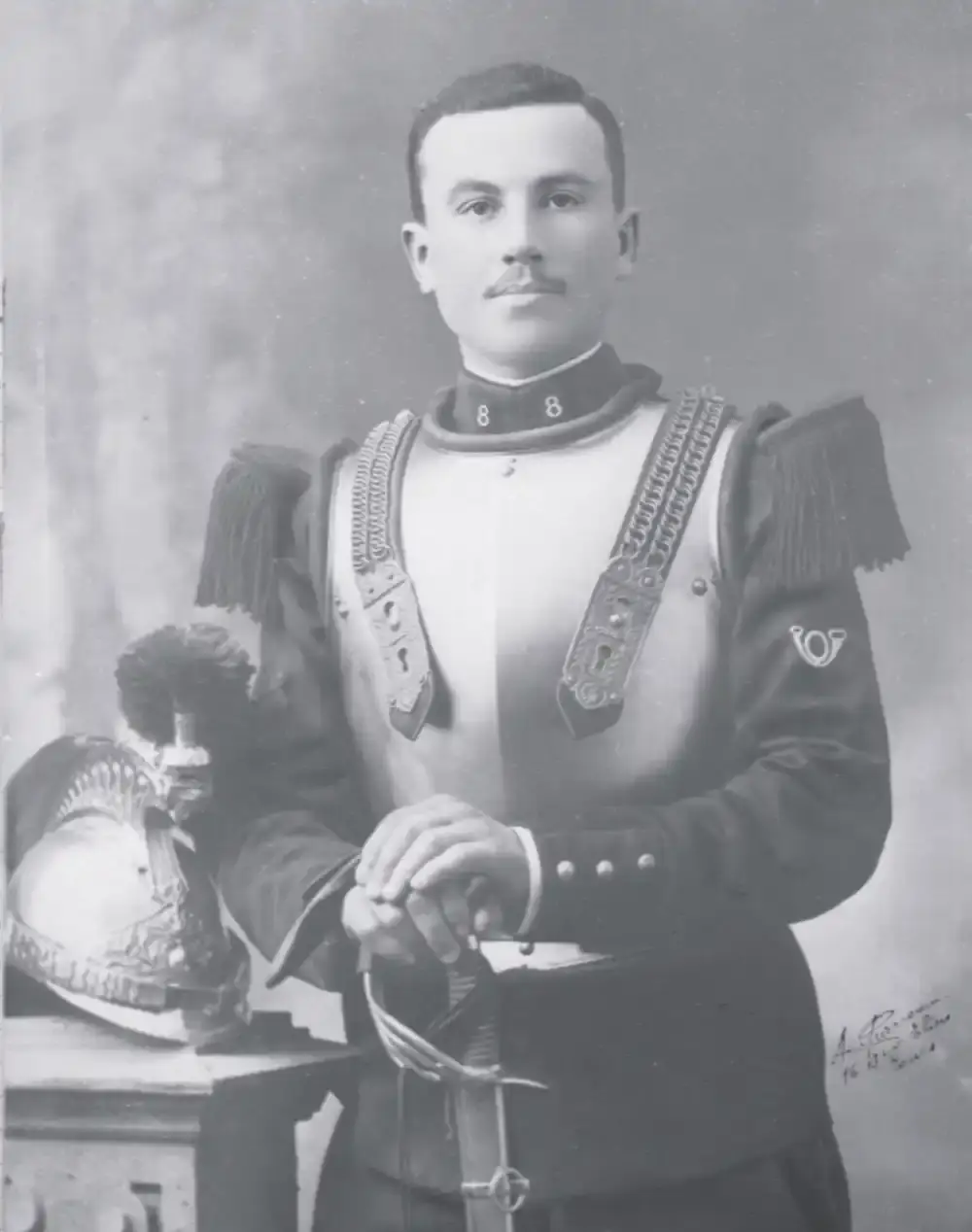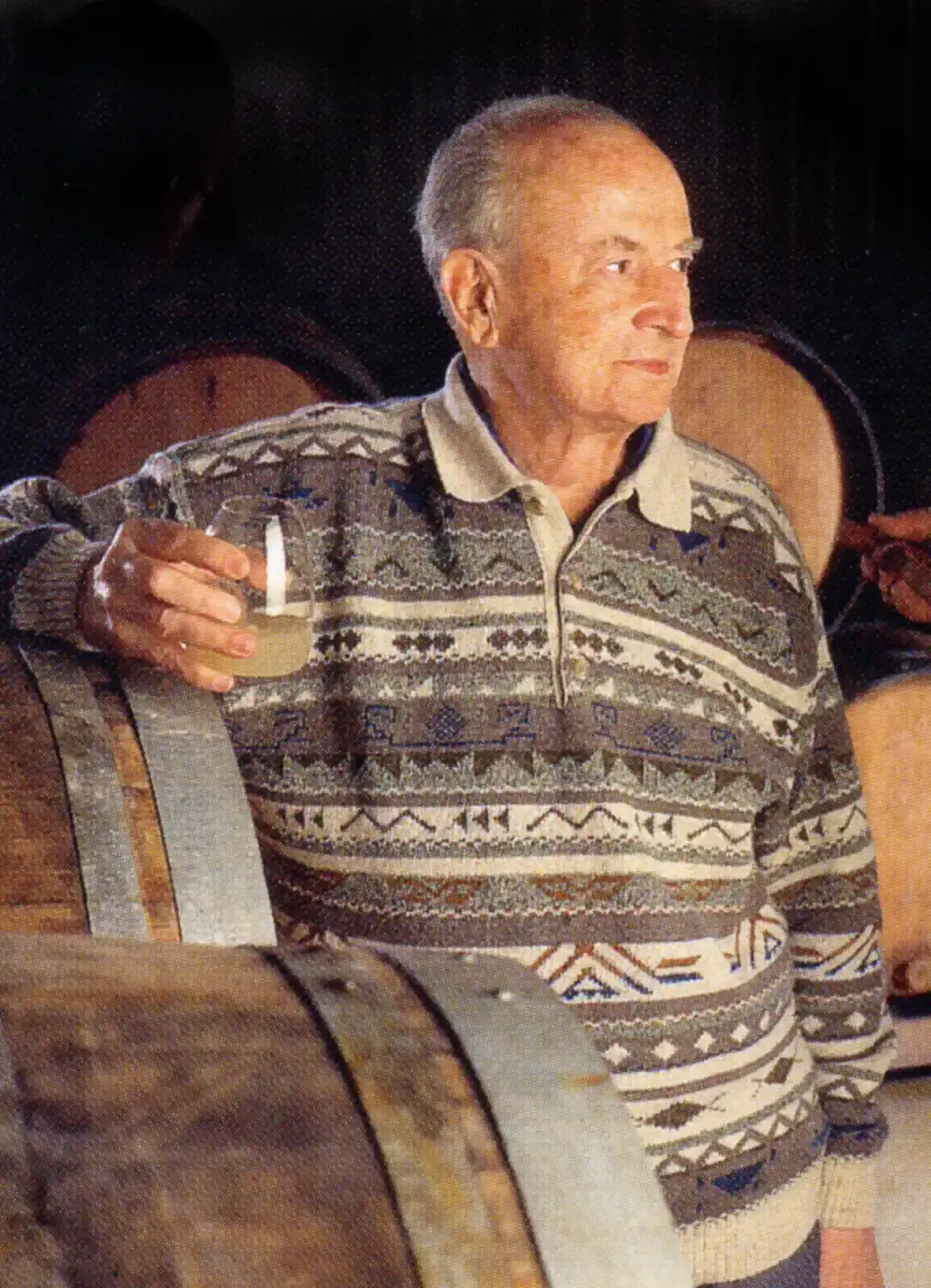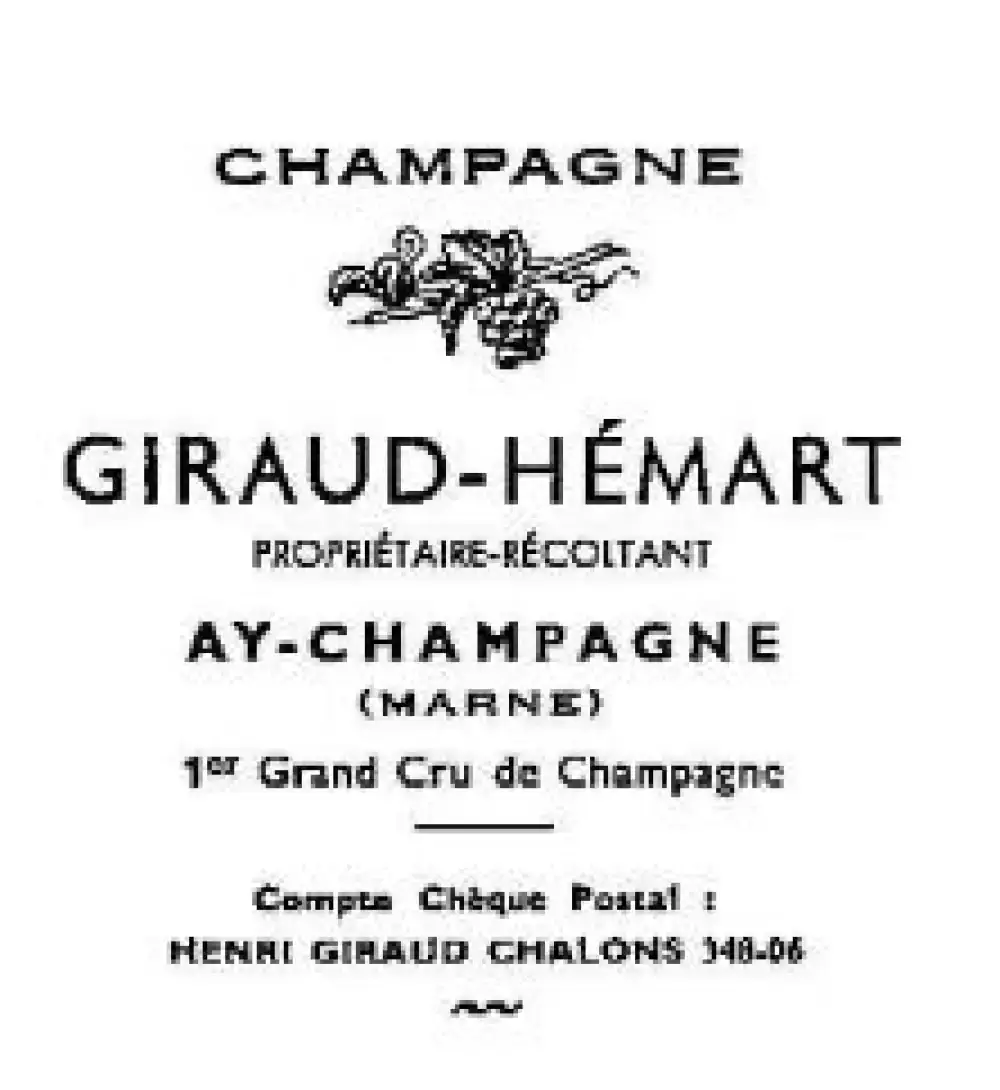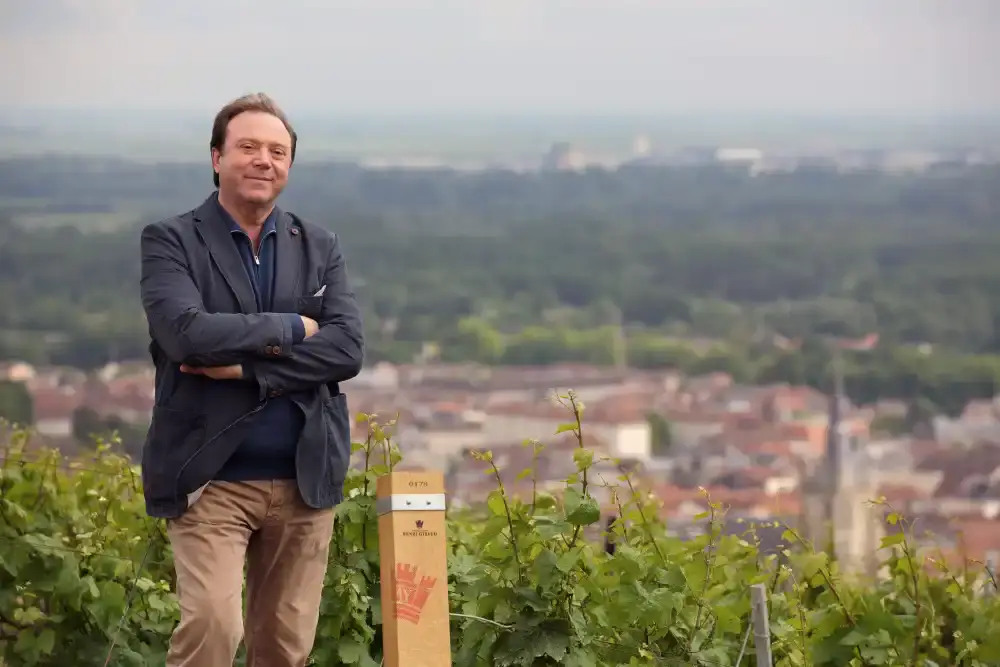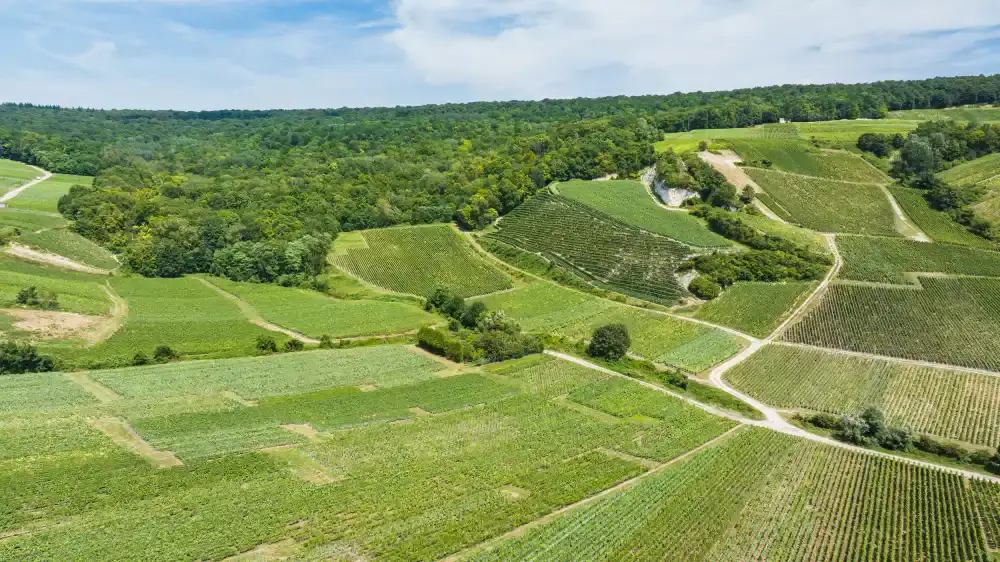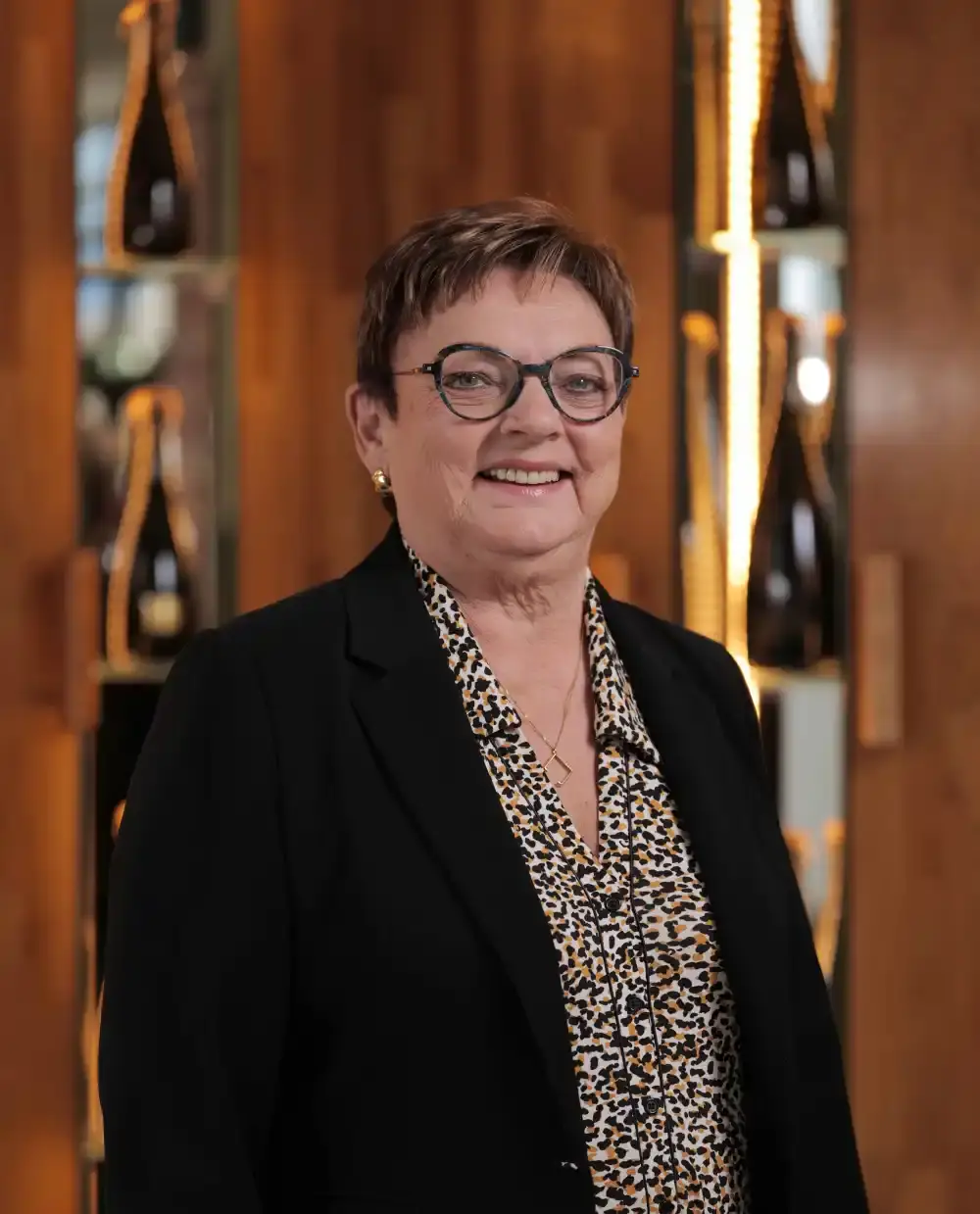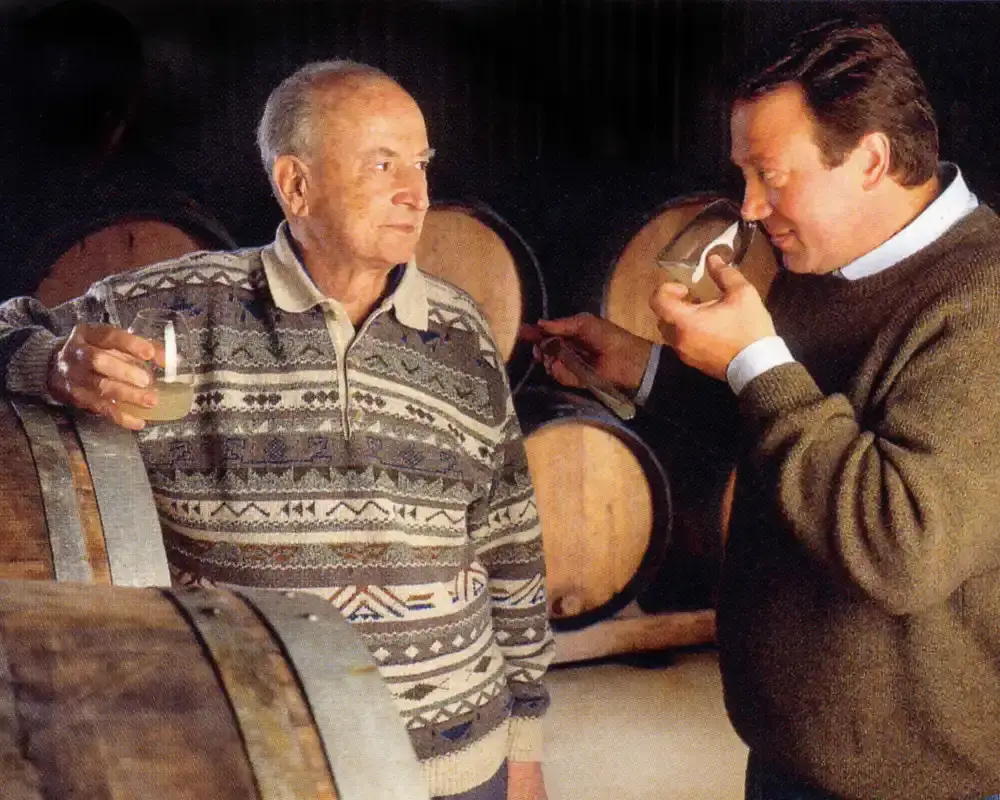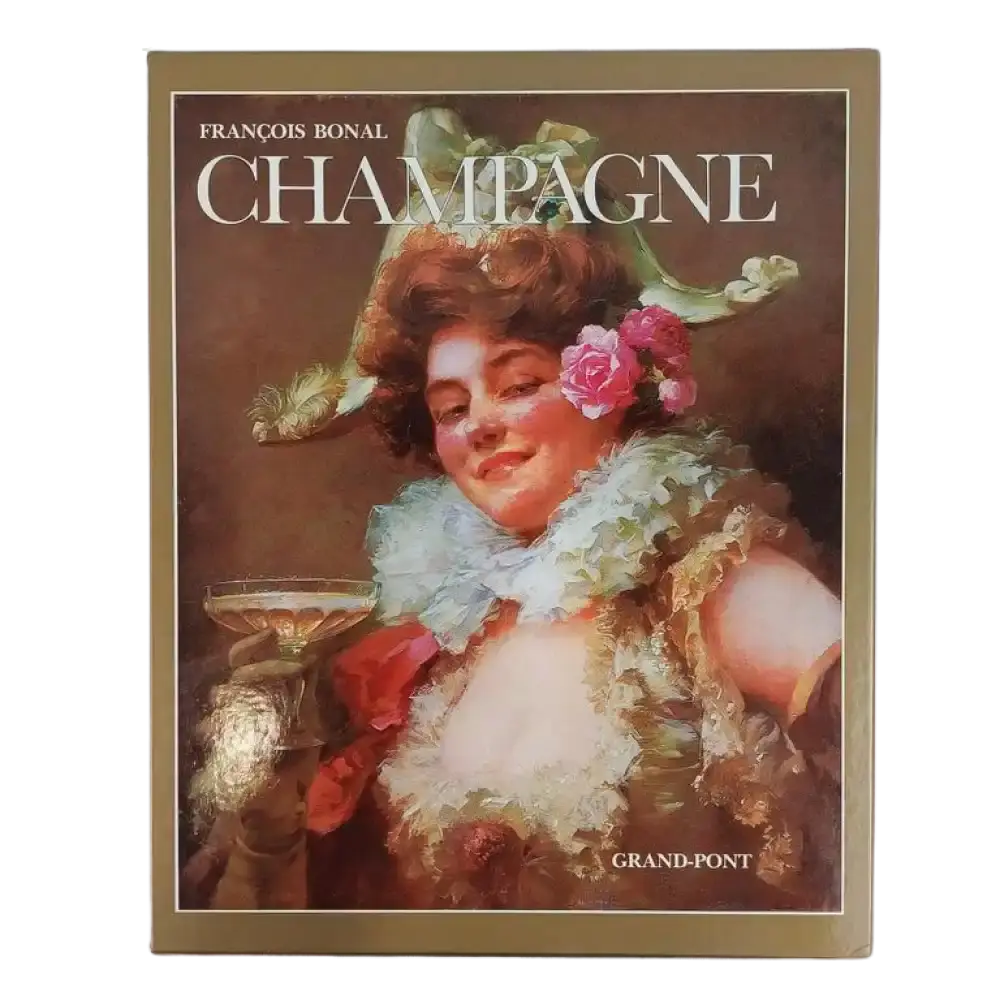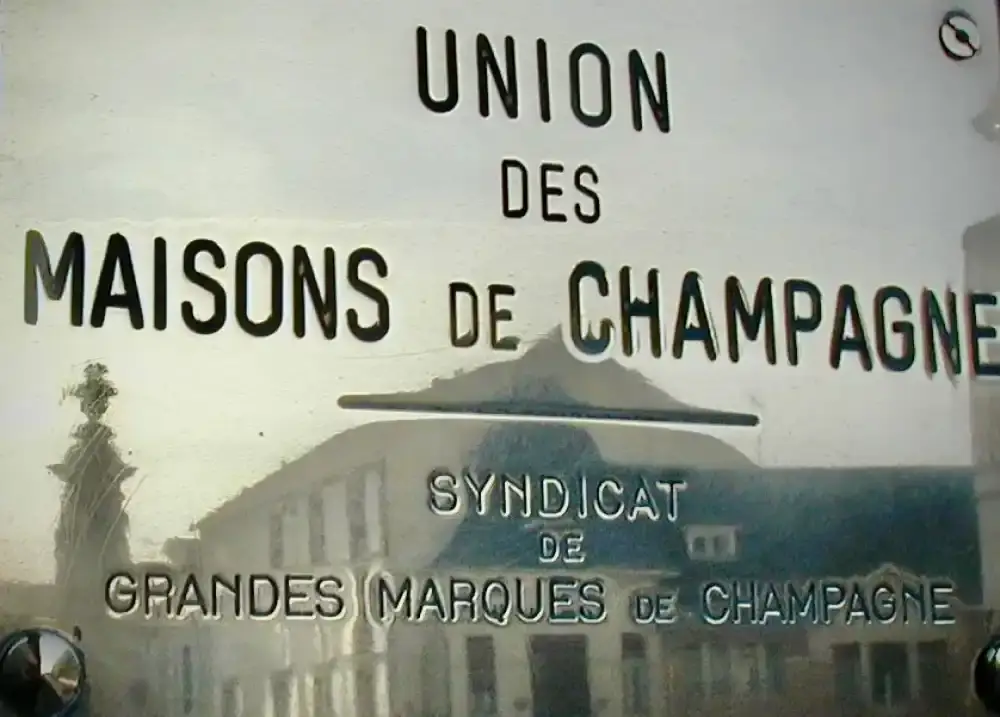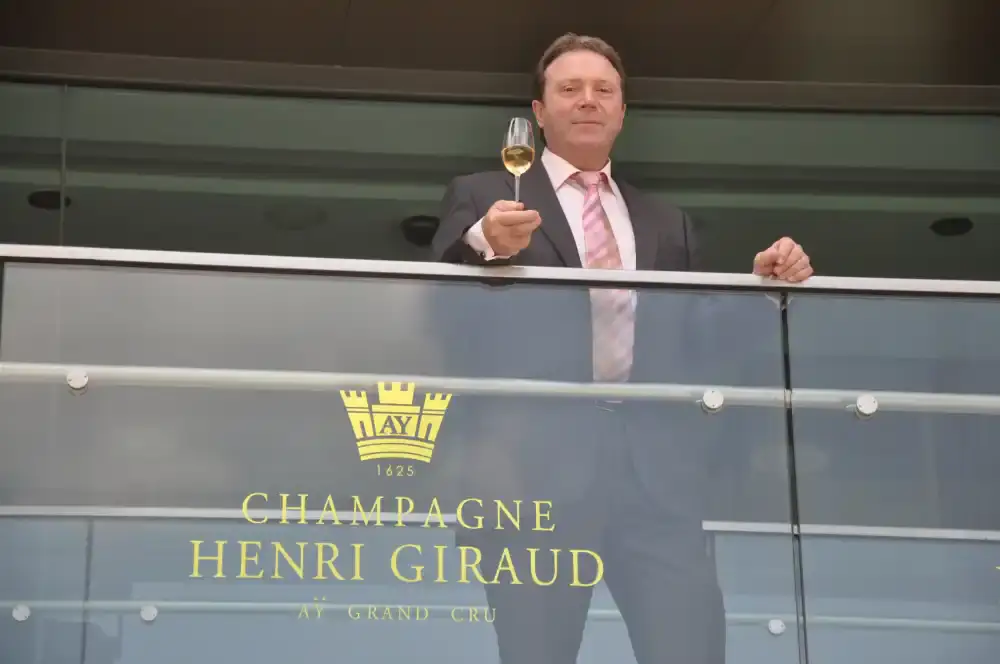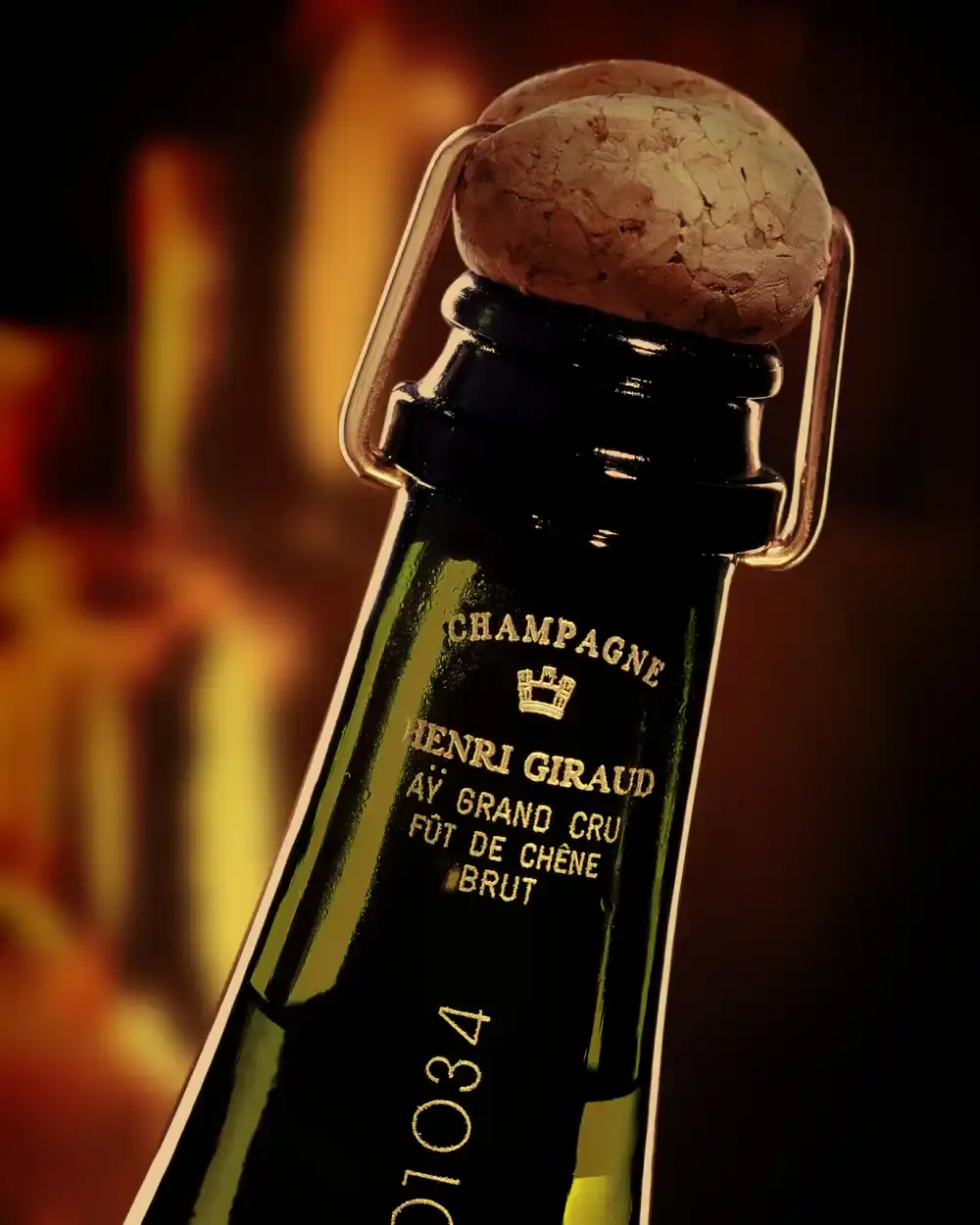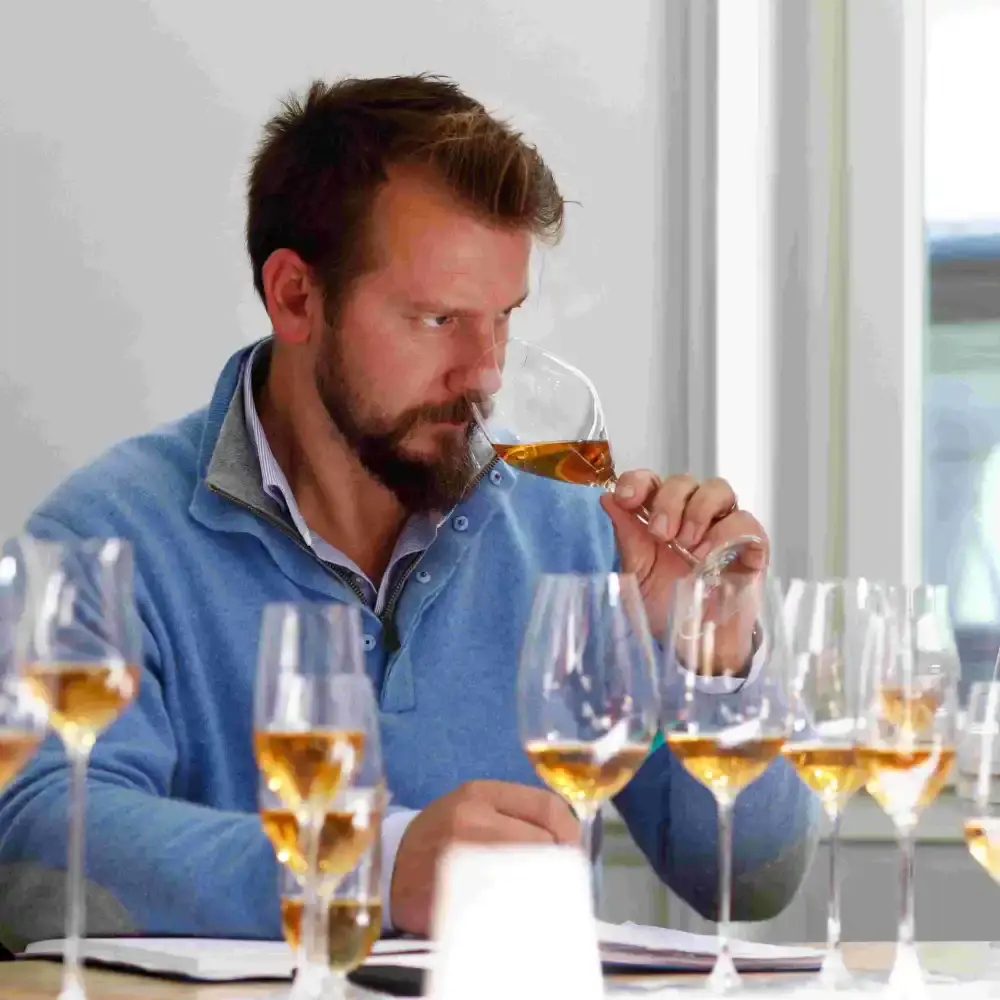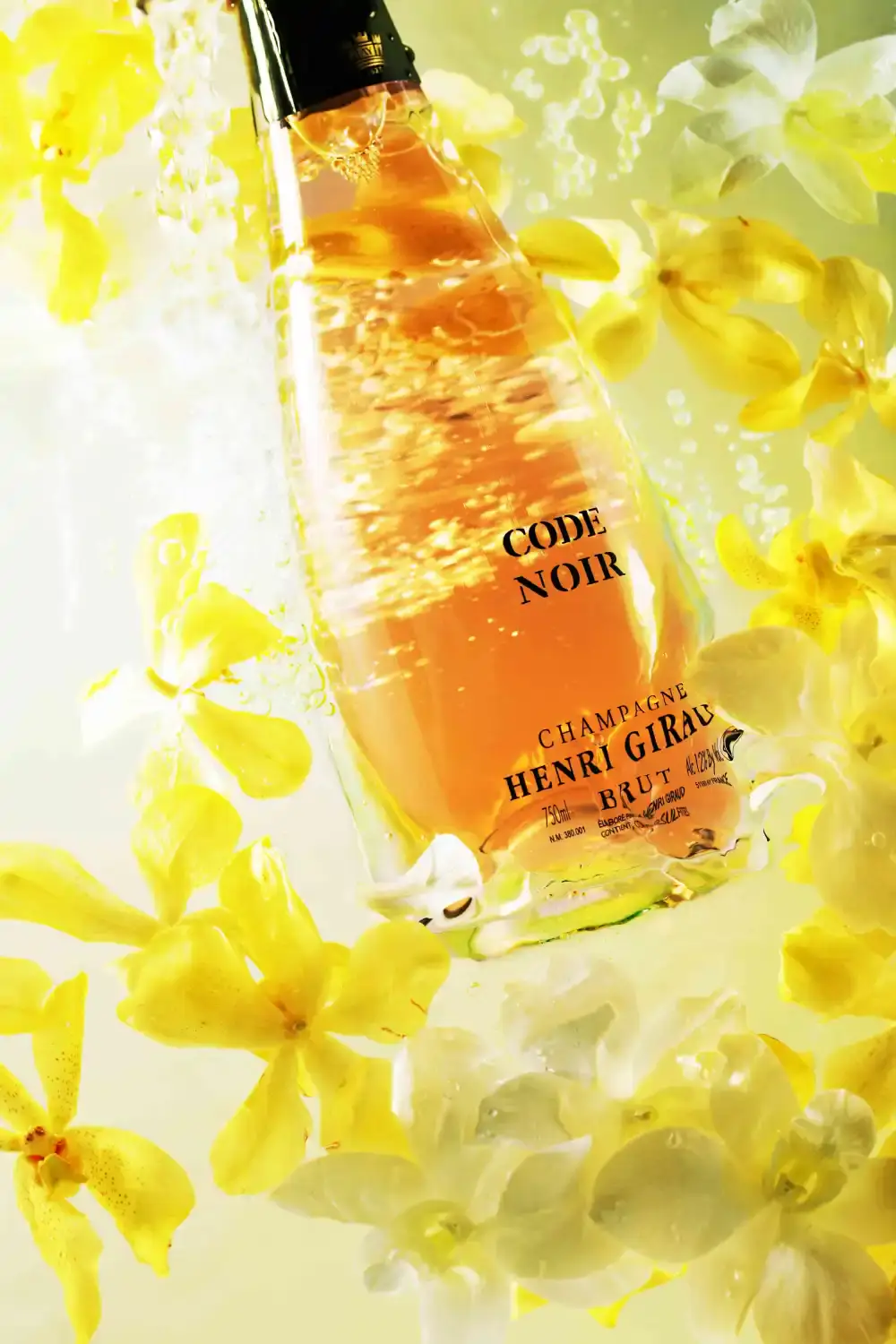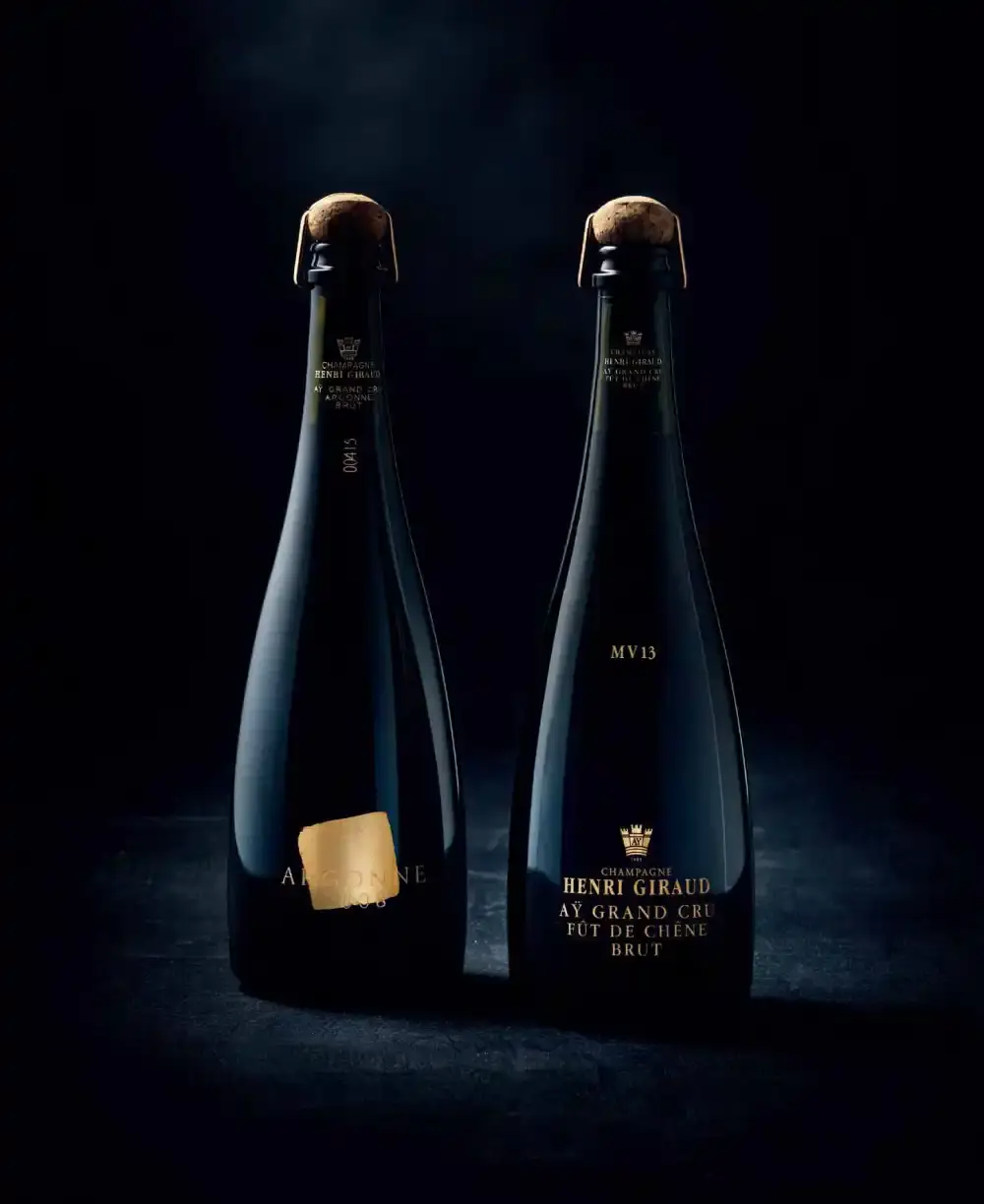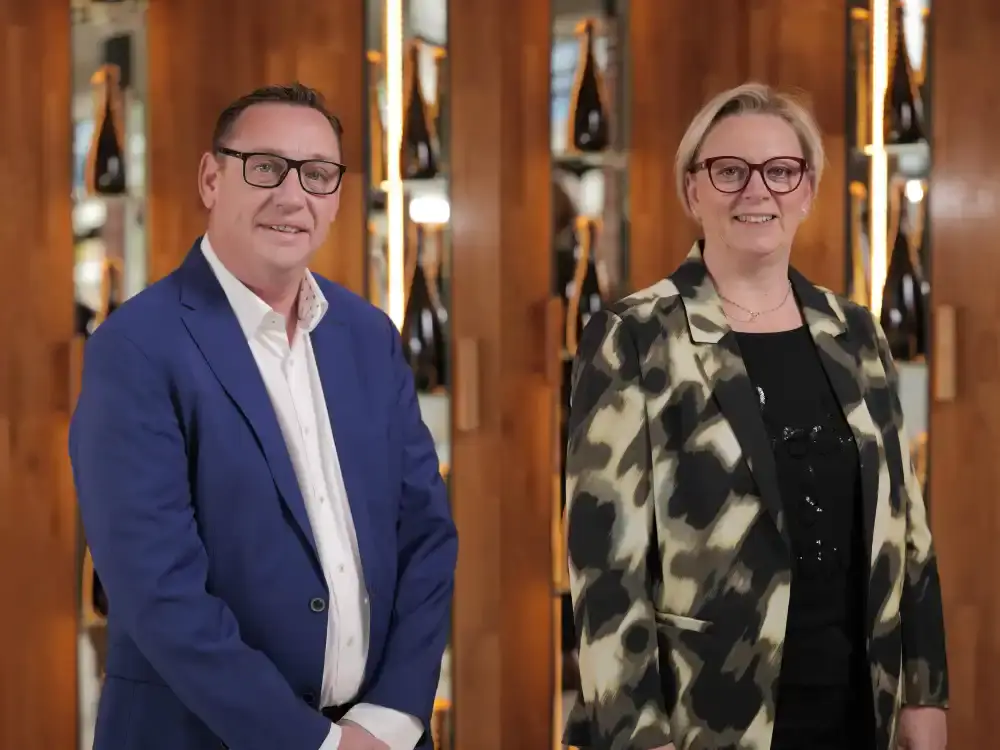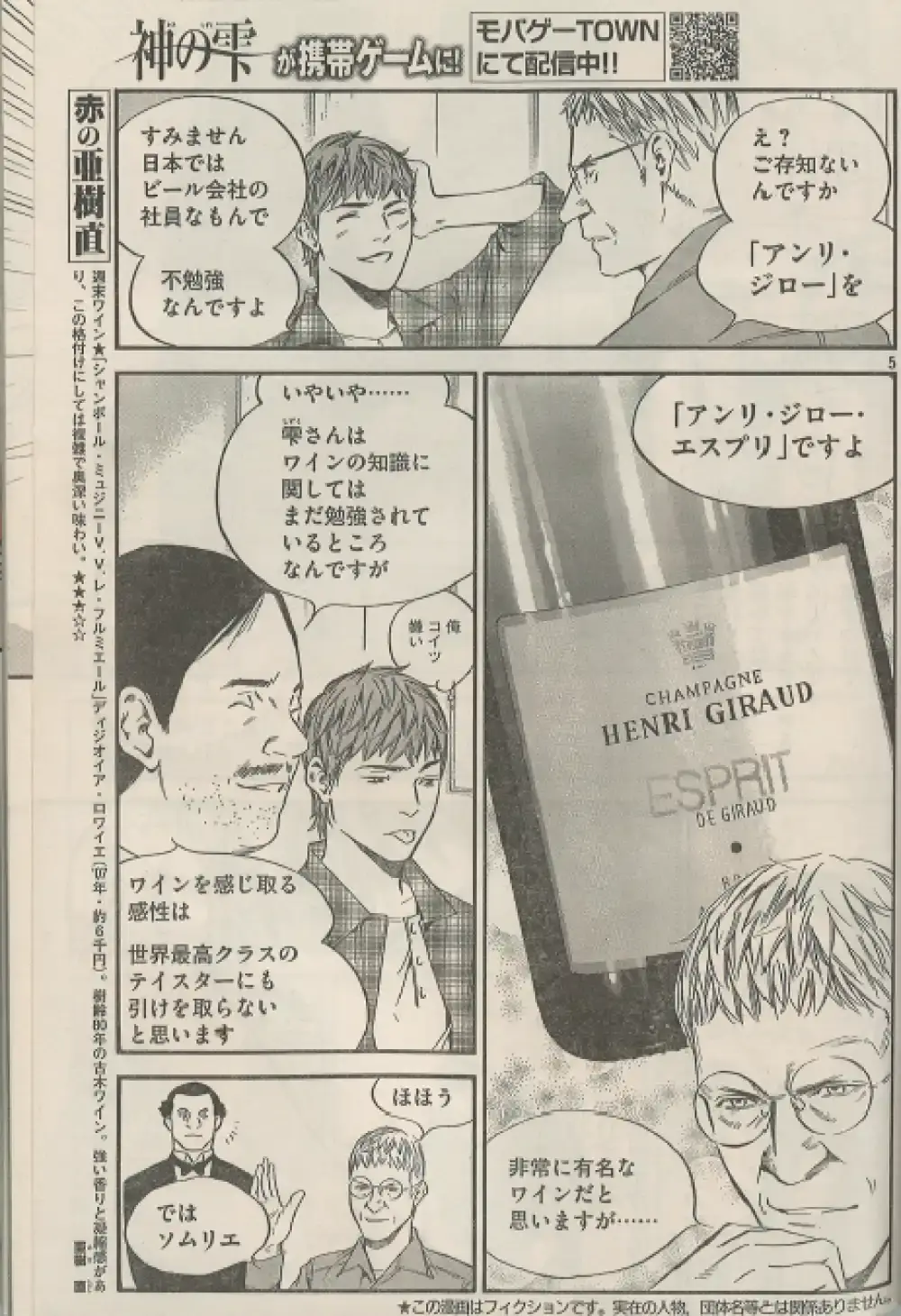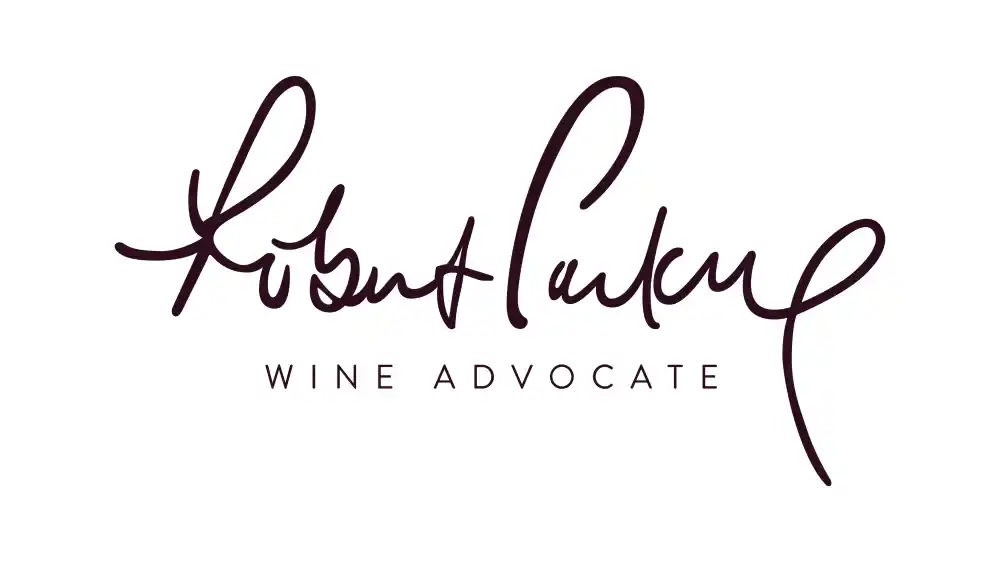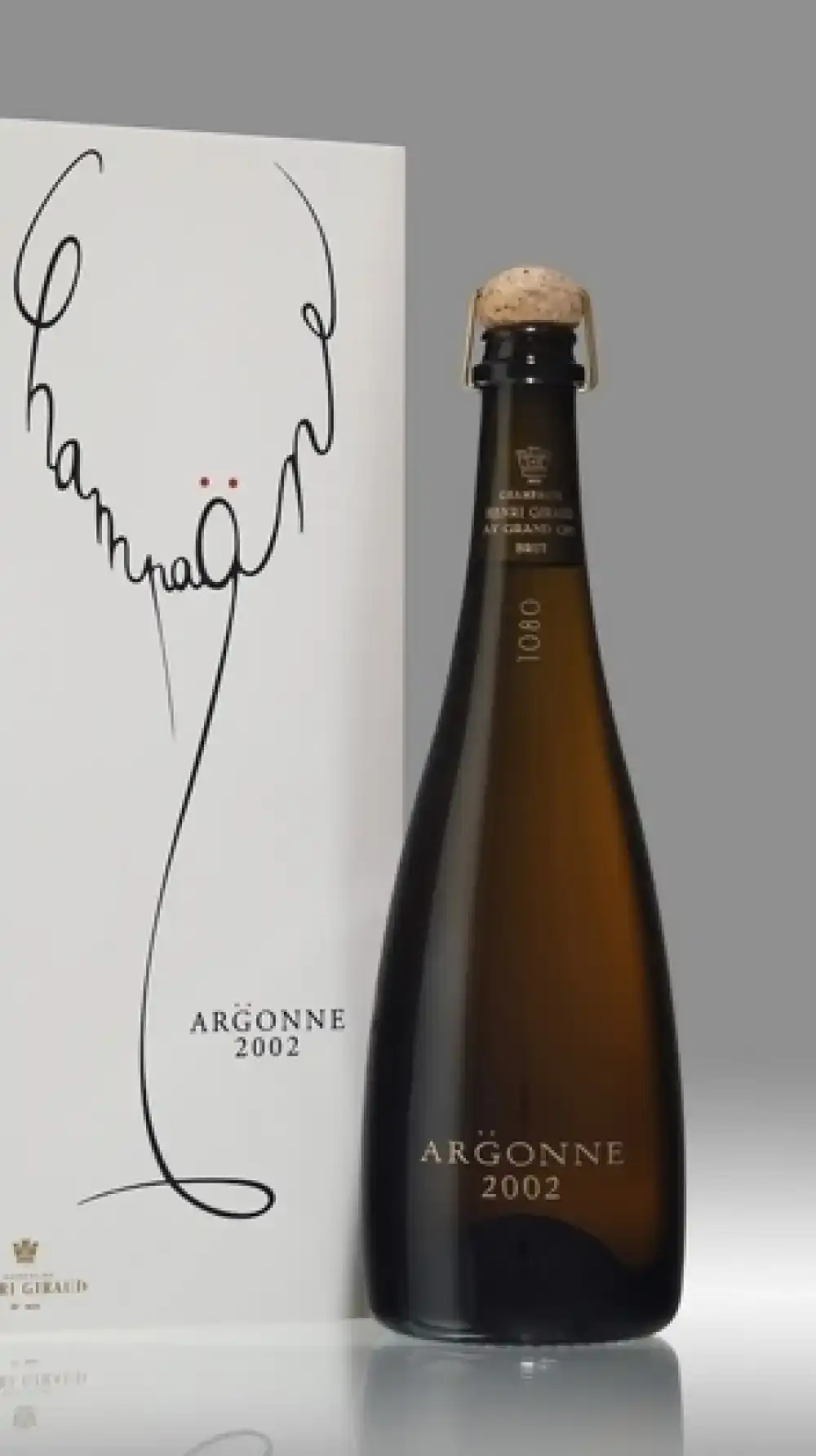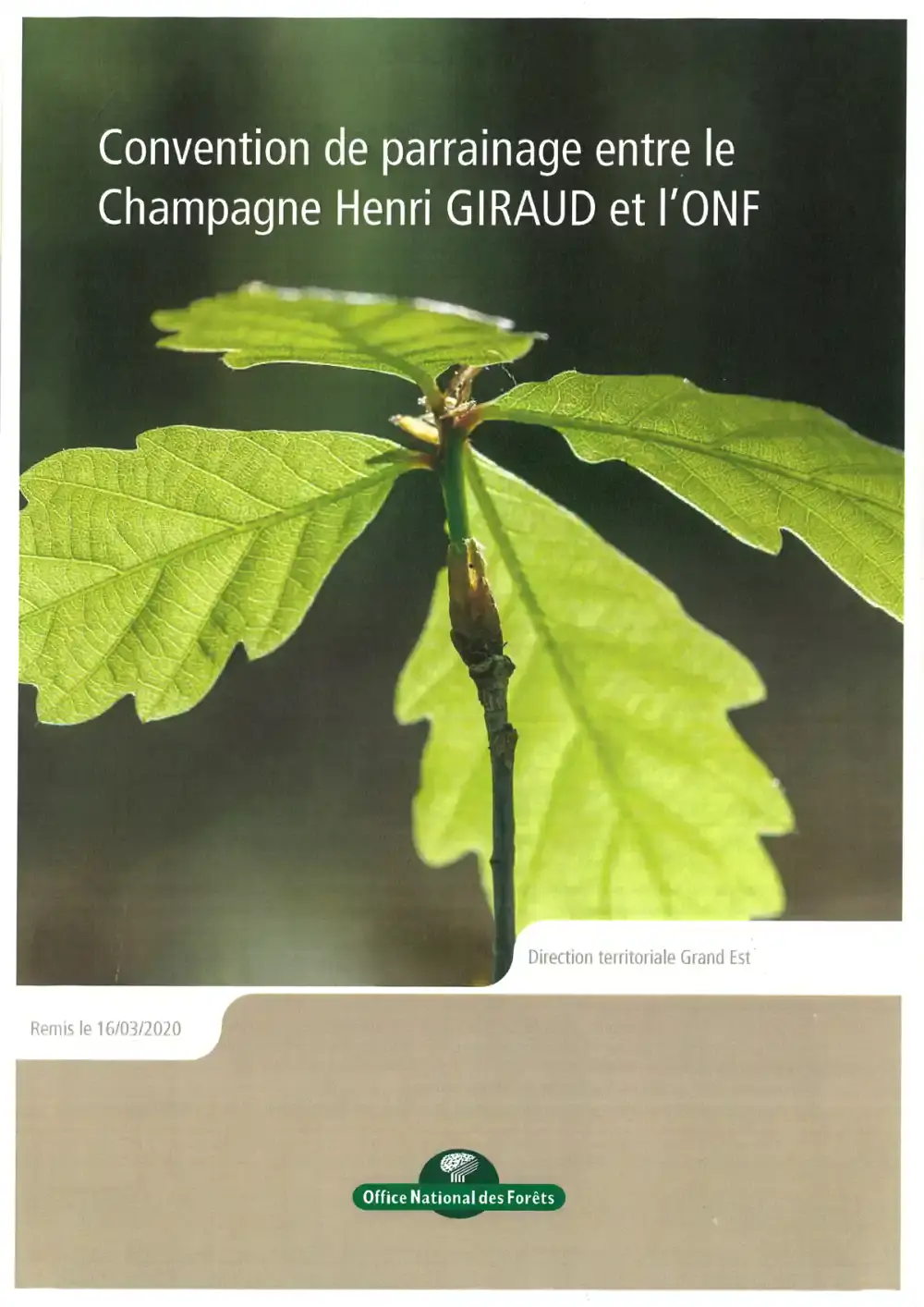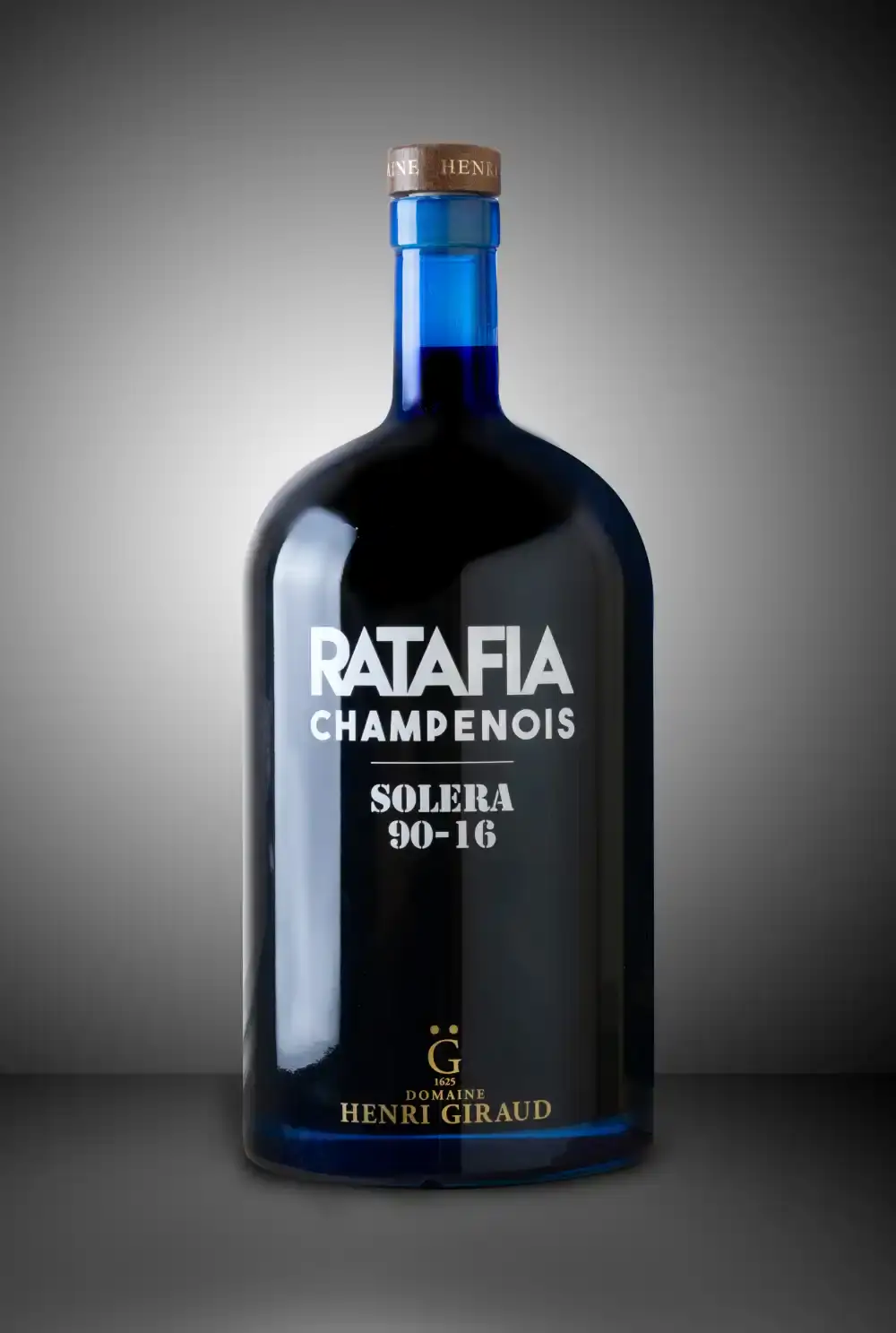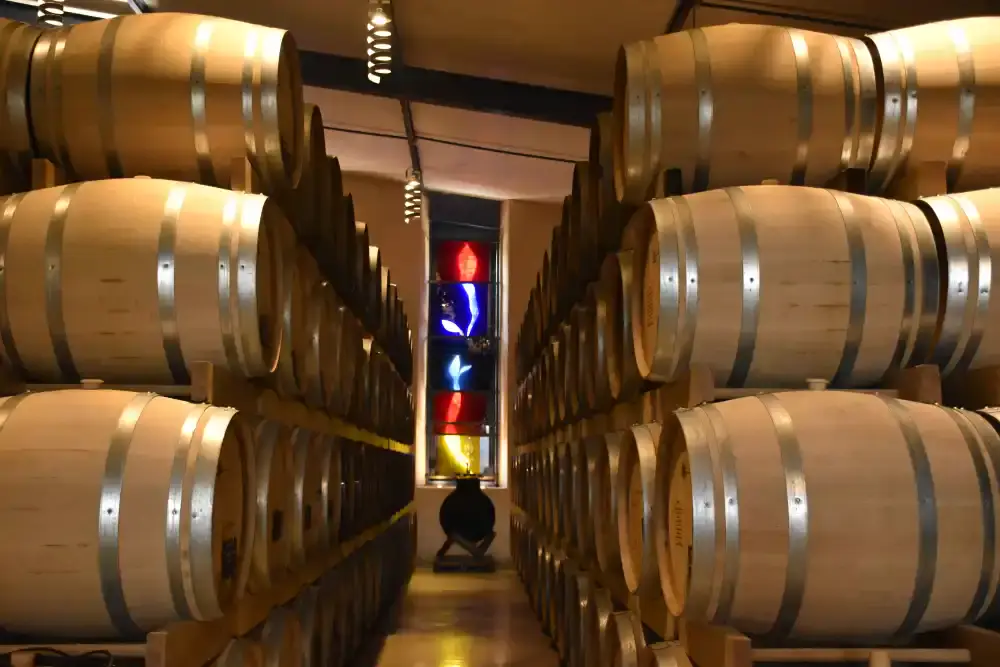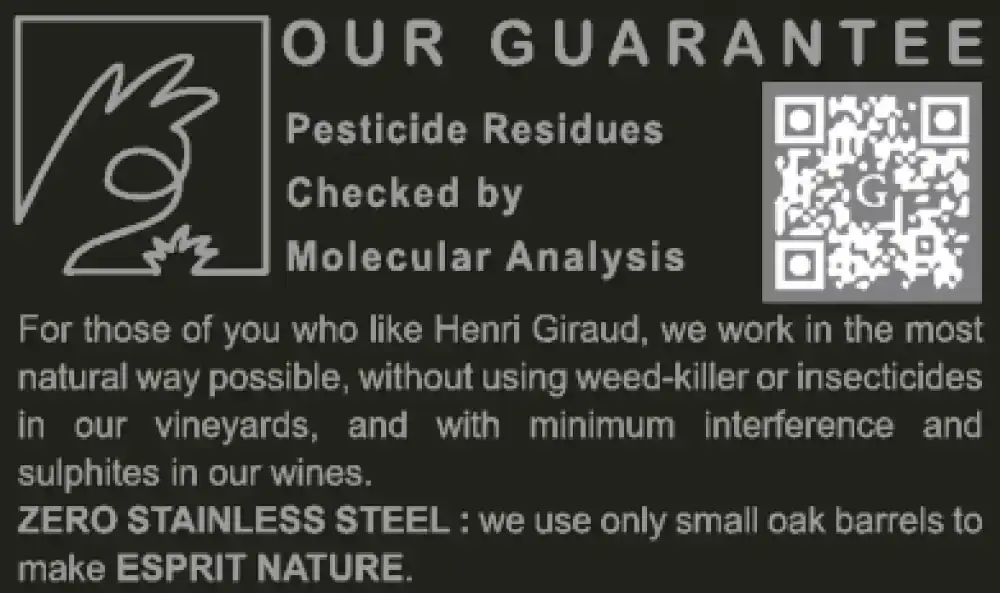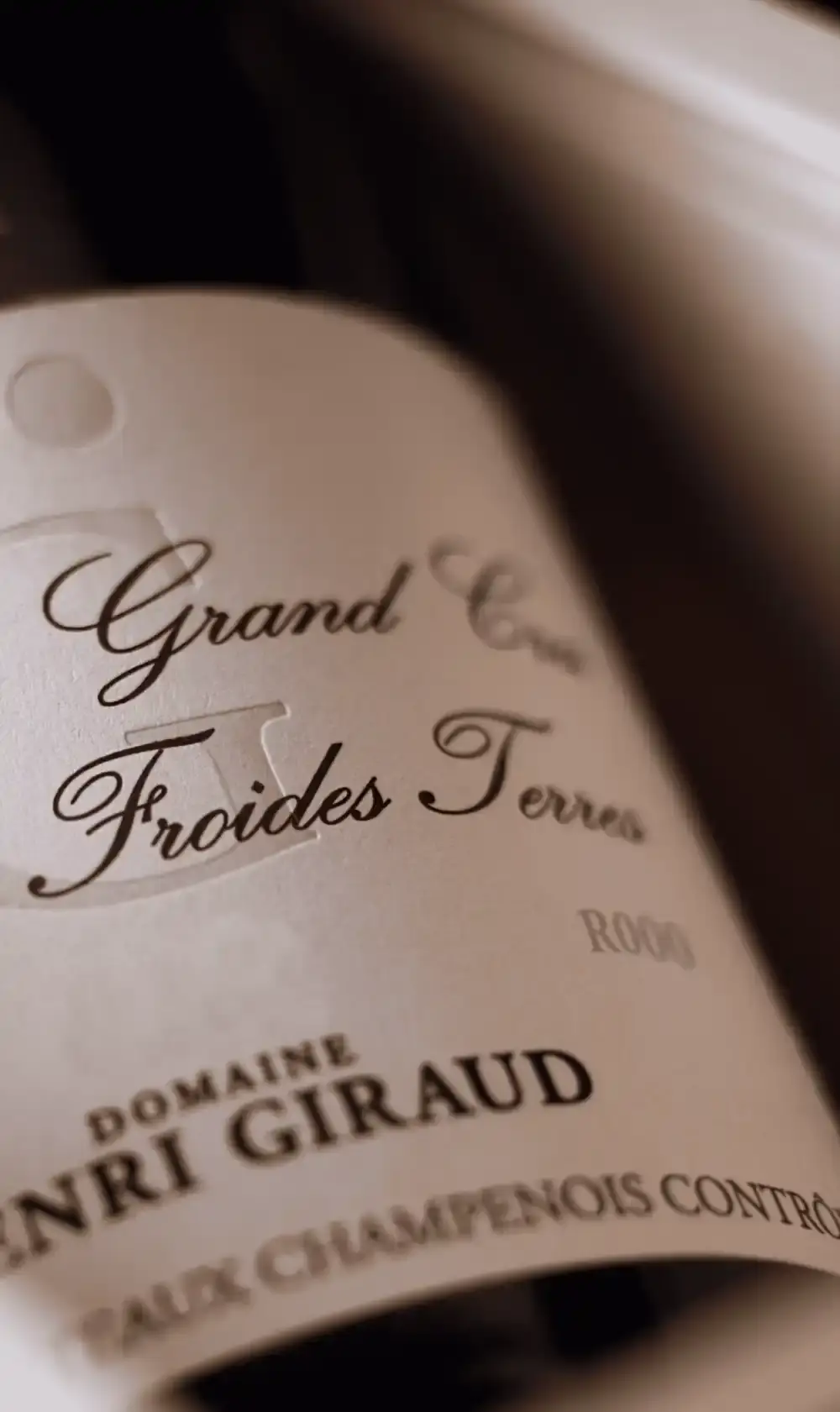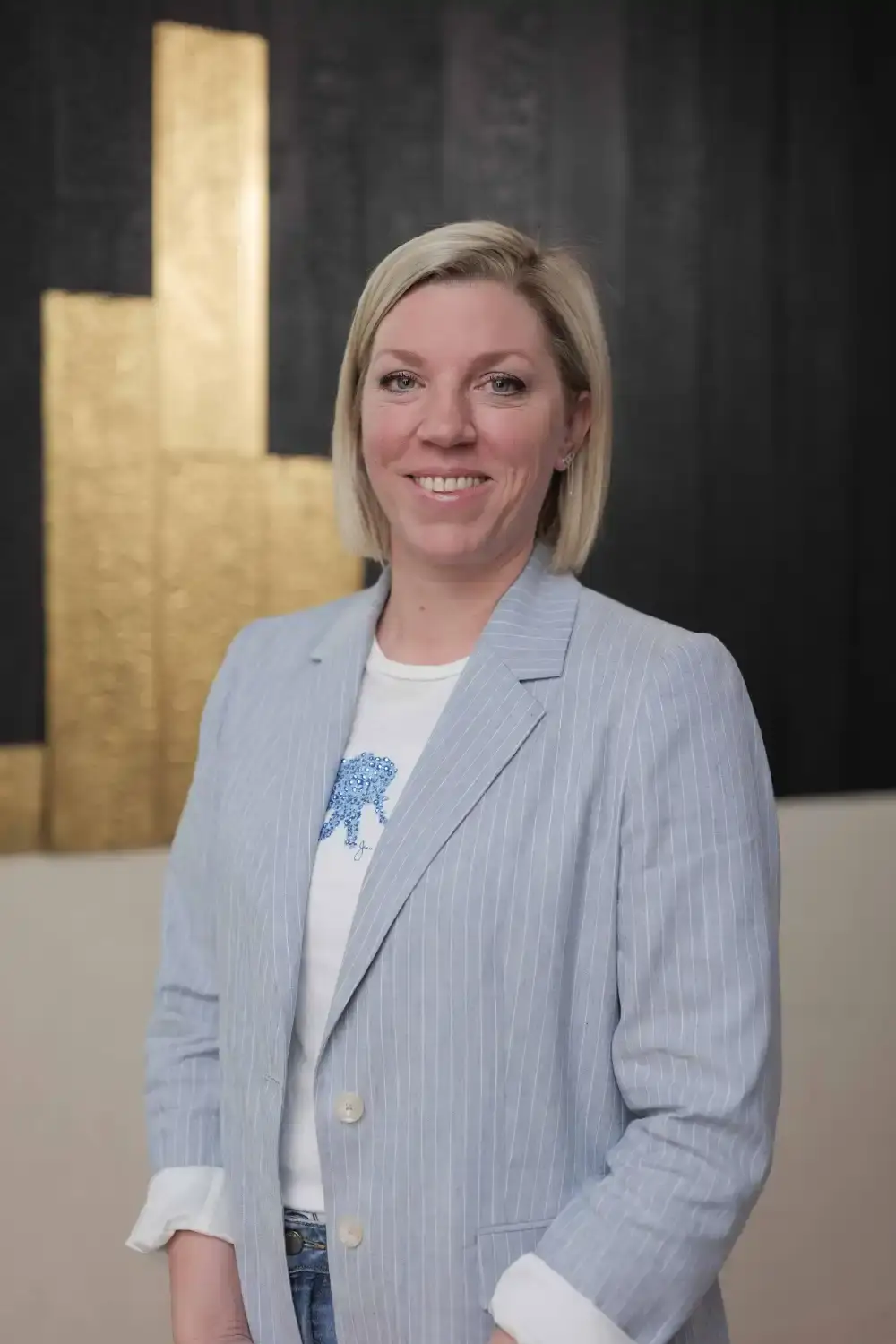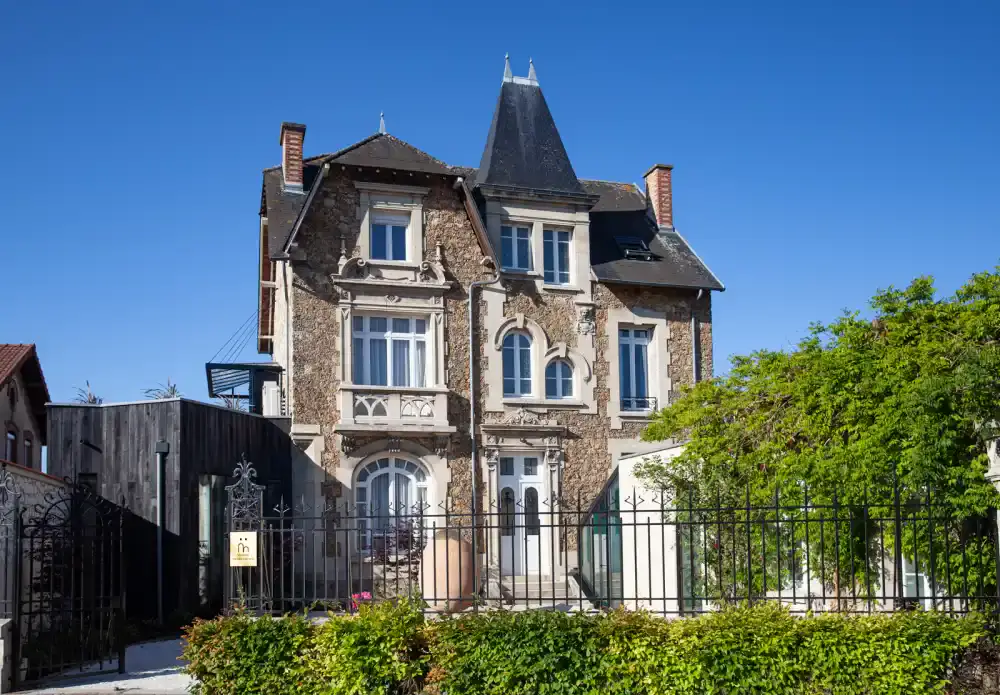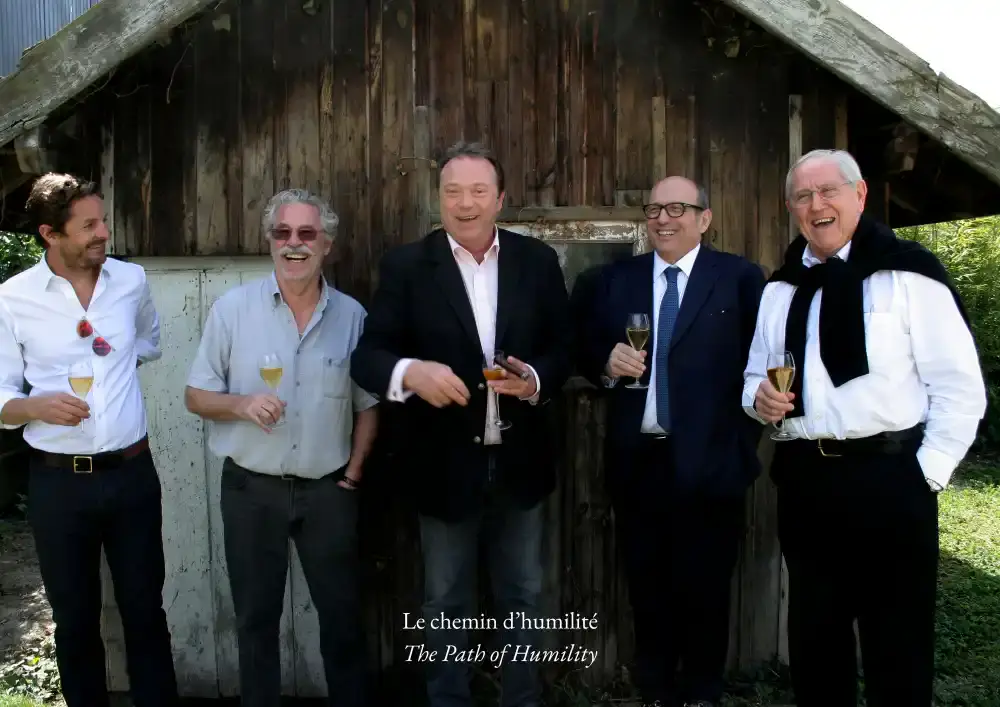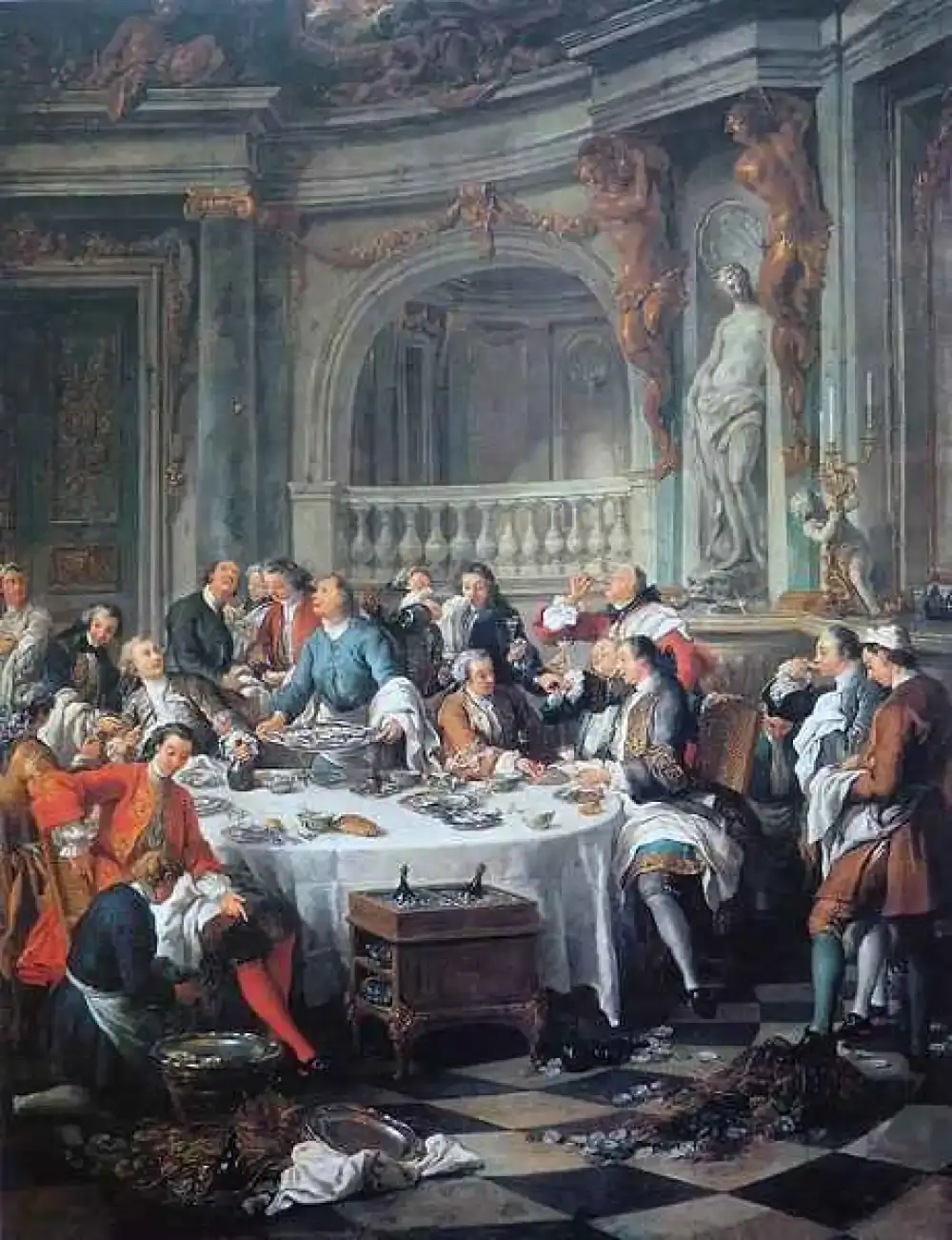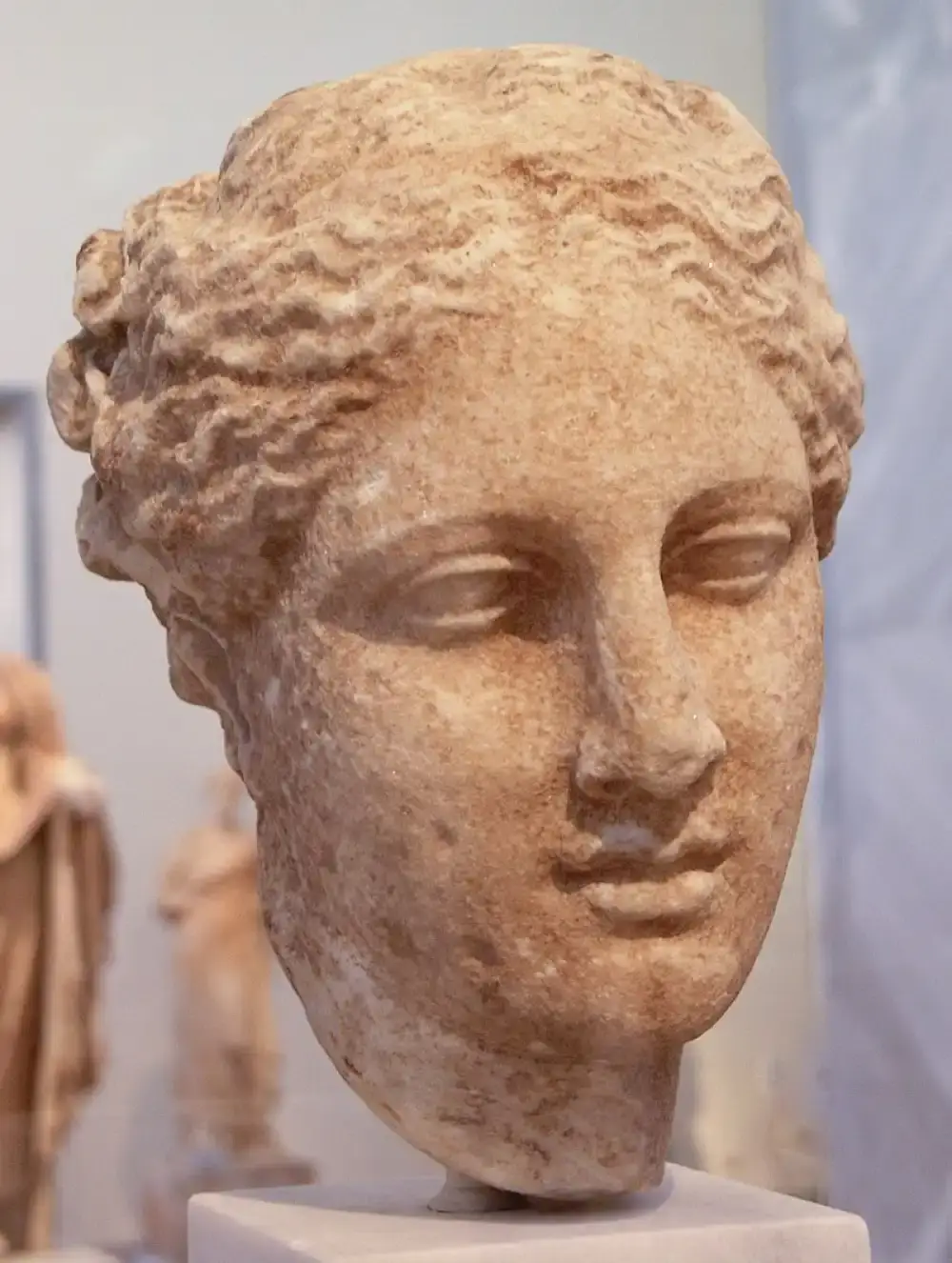
GIRAUD-HÉMART'S FAMILY
Winemakers in Aÿ-Champagne
At the Heart of the Champagne Saga
“Mischievous history has superimposed that of our family, Giraud-Hémart, on that of the legendary Champagne monk and that of a great remarkable four-hundred-year-old oak in the Argonne forest: the Giraut oak. Let me tell you the saga."
THE VALUES
Through Hard Work, Intelligence, and Honesty
THE PHILOSOPHY
Do-it-yourself spirit, independent thinking, scientific approach
A NEW VISION FOR CHAMPAGNE
Like all great wines, Champagne is inseparable from an exceptional terroir, outstanding grape varieties, and an extraordinary forest.
COMMITMENT
Champagne Must Reclaim Its Place as a Great Wine
RECOGNITION
"This house is undoubtedly the finest among those no one has ever heard of." – Robert Parker
THE ESPRIT NATURE MOVEMENT
"It isn’t about going back to Nature, but forward to a Nature-Rich Civilization"
EXCELLENCE AND WELL-BEING
Champagne is more than just a sparkling wine
THE THERMAL BATHS OF AŸ
A New Generation, A New Chapter
THE BEGINNING OF A NEW STORY…
The roadmap is clear: reveal the energy and wellness potential of Champagne terroir that lives in each of our cuvées. The new generation certainly isn’t short of ideas. Some projects involve cosmetics and related care treatments. Others aim to strengthen scientific studies on DNA tracing. Whether it's the work carried out in the Aÿ Grand Cru vineyard, our revolutionary “0% stainless steel” cellar, or a hospitality space designed to soothe the soul, everything revolves around our commitment to long-term heritage, decision-making, our signature taste, genuine rarity, and creative collaborations.
If Henri Giraud Champagnes are so distinctive, it’s because they retain the memory of the era when Champagne’s great families built its history through the genius of their people and their wines.
The Henri Giraud style is that of Champagne’s natural modernity—curiosity, tenacity, and the genius of men and women who, since the 17th century, have overcome both good and difficult times to produce a great white wine from black grapes.
This is the little melody I have just shared with you through the extraordinary saga of the GIRAUD-HEMART family. Now we're going to make sure that the next 400 years will be just as intense, passionate and visionary, so that we can prolong it and tell you about it with just as much pride.
Claude Giraud
